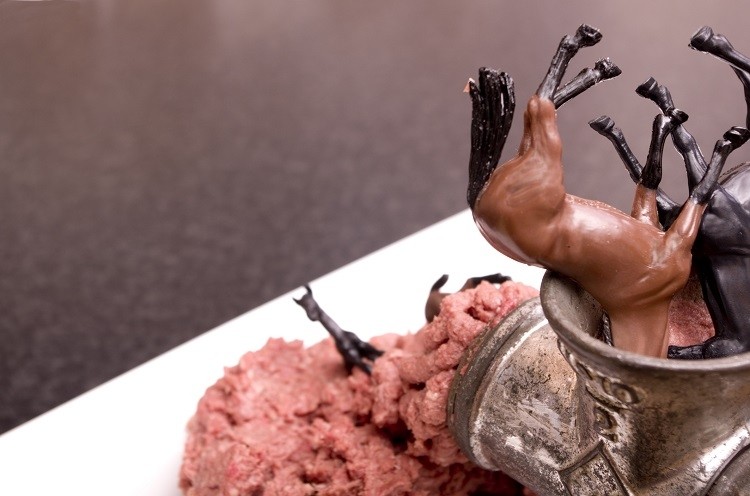Beef fraud: Counterfeit products the biggest threat to supply chain

Food fraud in the beef supply chain made global headlines in 2013, when horsemeat was identified in prepared frozen and meat products that were said to contain beef.
The Horsemeat Scandal, or ‘Horsegate’, exposed vulnerabilities in the European beef supply chain, and caused significant knock-on effects for those in the sector. These included mass product recalls, a downturn in beef sales, and economic losses for many unrelated to the scandal.
Researchers from Queen’s University Belfast believe vulnerabilities in the beef supply chain could, and should, be better understood. To do this, they have analysed reported food fraud in the beef supply chain over a 20-year period, between 1997 and 2017.
“I hoped this research would help create a better understanding of what types of food fraud are actually occurring in the beef supply chain and what types of fraud are on the rise,” Kelsey Robson, from the university’s Institute for Global Food Security, told FoodNavigator.
“By better understanding the fraud which is taking place, we can target fraud prevention, detection, and mitigation and, therefore, better protect the food supply.”
More than 400 reports of beef fraud found
The review looked at historical records of food fraud using the Rapid Alert System and Feed (RASFF) and HorizonScan. The researchers then extracted and analysed relevant data to determine their overall pattern.
“I found 413 fraud reports of food fraud in the beef supply chain between 1997-2017,” said Robson.
Results revealed that primary processing is the most vulnerable area, accounting for 35.8% of reports. “Primary processing refers to the point in the beef supply chain where the animal is slaughtered and the fifth quarter removed,” the researcher explained.
And counterfeiting was found to be the most common type of fraud in the beef industry, accounting for 42.9% of identified fraud.
“Counterfeiting refers to products that have been illegally produced with the intention of mimicking or copying its legitimate counterpart,” Robson elaborated.
“This includes products originating from unapproved premises, produced without an inspection, or found to have fraudulent or missing documentation, such as entry certificates or health certificates (falsified or otherwise fraudulent documents), suggesting illegal production accounted for a majority of identified fraud in this review.”
Is food fraud on the rise?
While analysing the results, the researchers observed that the largest proportion of fraud reports for any given year occurred in 2013 – the same year as the Horsemeat Scandal.
However, more fraud was reported before the 2013 meat crisis than after. “This is likely because there were fewer years included in the study after 2013 than before, not because of a decrease in fraud,” Robson highlighted.
Concerning geographies, the researchers were unable to pinpoint one area in the world that is more likely to have an increased number of fraud reports than others, due to the large number of factors that affect fraud.
“For example, there are many countries that are self-reporting more fraud than others, and therefore, it may seem that more fraud is occurring in these countries. However, it is more likely that these countries are testing more and have more regulations than other countries,” Robson explained.
FoodNavigator asked the study author whether she observed an upward trend in food fraud during the period 1997-2017, and whether she expects that to continue. Yet, Robson said it is ‘difficult to say’ if fraud is on the rise – largely due to the lack of available information on how much food fraud is currently occurring, and how much has happened in the past.
“I am hopeful that awareness and detection of food fraud increases we will have better data to assess what types of fraud are occurring.
“Going forward, I do think we will see more food fraud, not specifically in the beef supply but all food products, but that does not mean more will be occurring, but that industry, government, and academics are more aware of food fraud and better able to detect it.
“Secondly, with the current COVID situation, the food supply has been affected, and fraud will increase due to fewer checks and audits during the pandemic.”
Source: Food Control
‘A 20-year analysis of reported food fraud in the global beef supply chain’
Published 24 April 2020
DOI: https://doi.org/10.1016/j.foodcont.2020.107310
Authors: Kelsey Robson, Moira Dean, Stephanie Brooks, Simon Haughey, Christopher Elliot














